It’s Not About Outrunning the Bear: 4 Strategies for Recruiting AI Engineers
Some of our clients









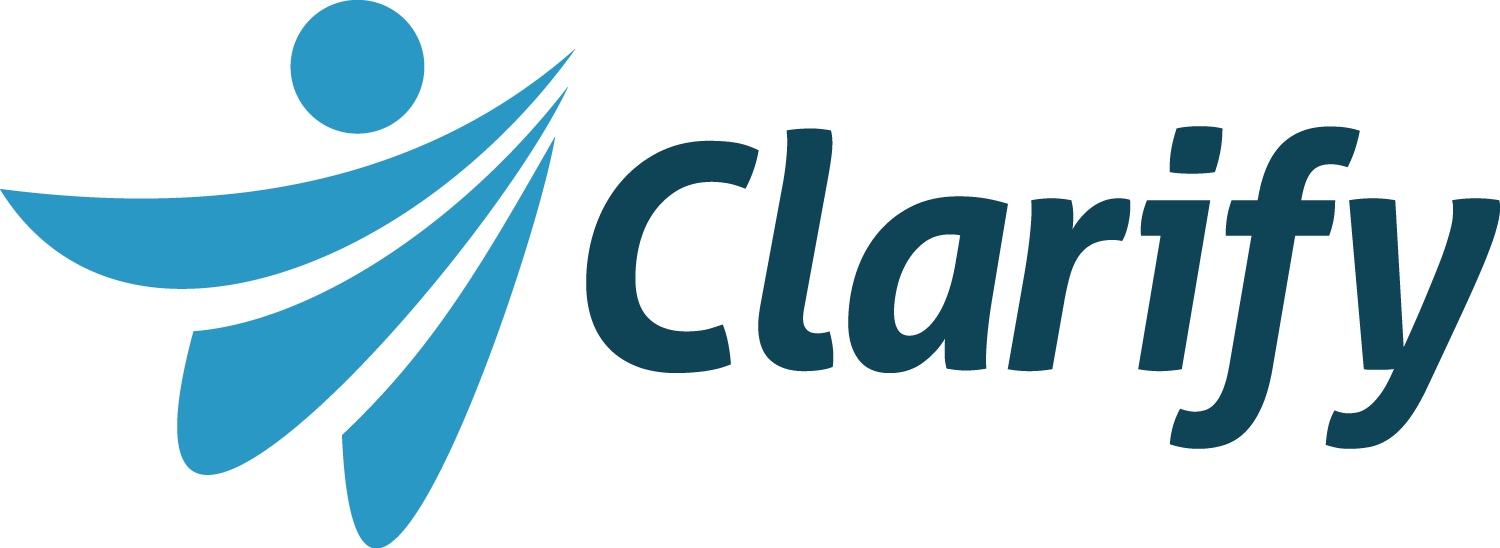



















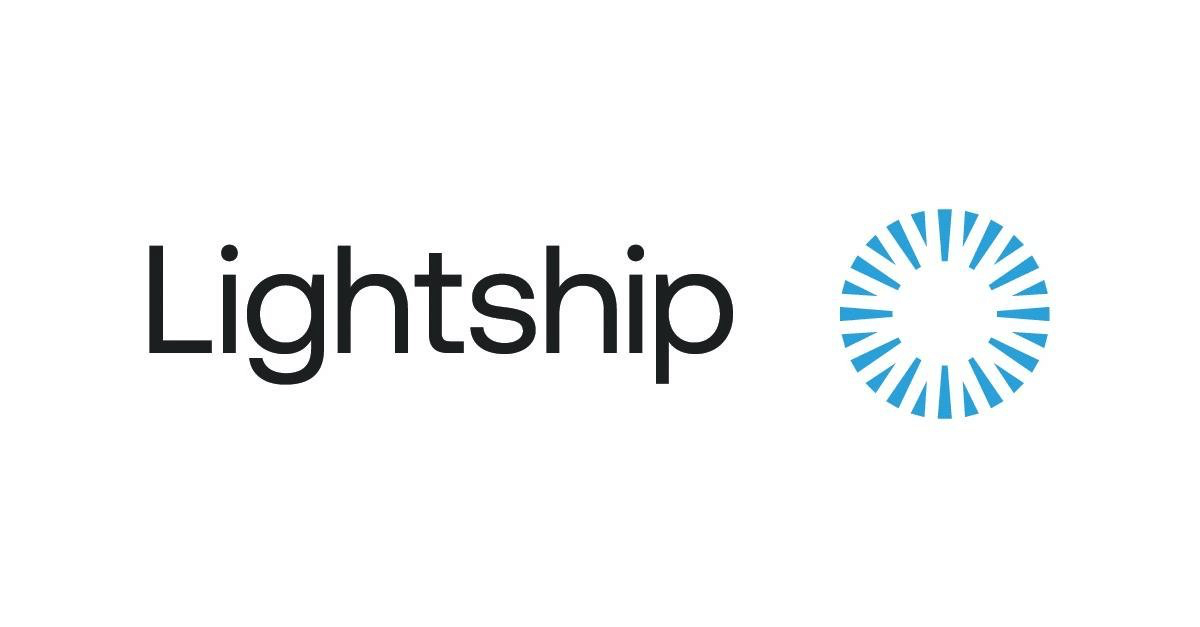













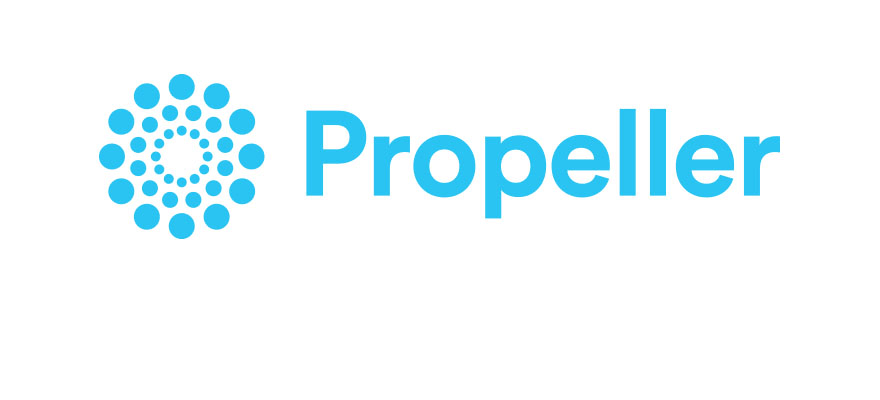









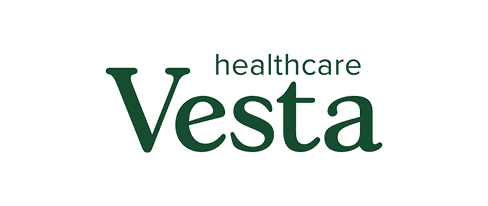
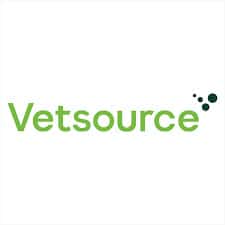




















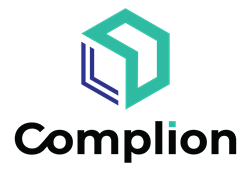
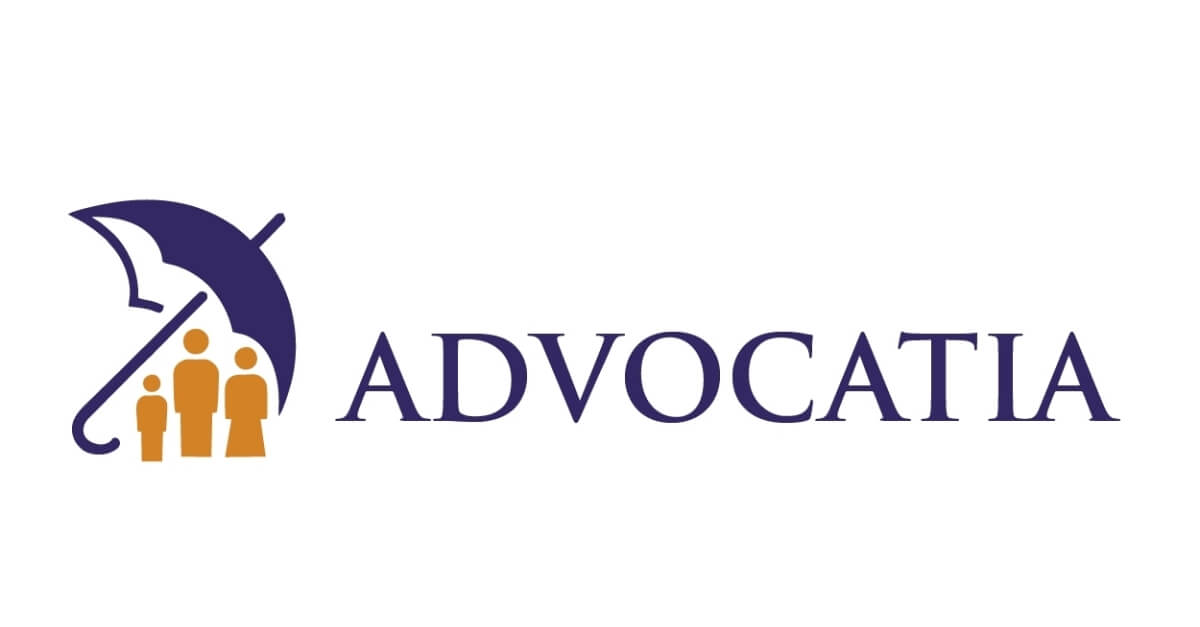
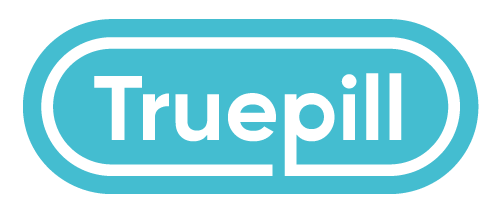






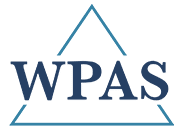












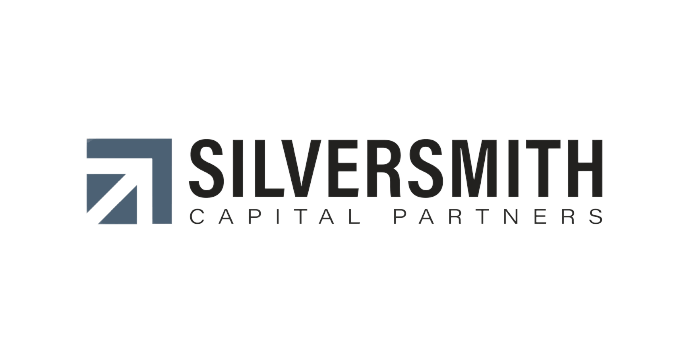

















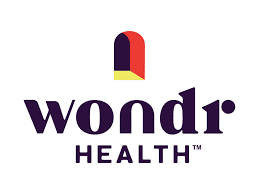




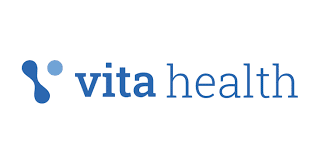


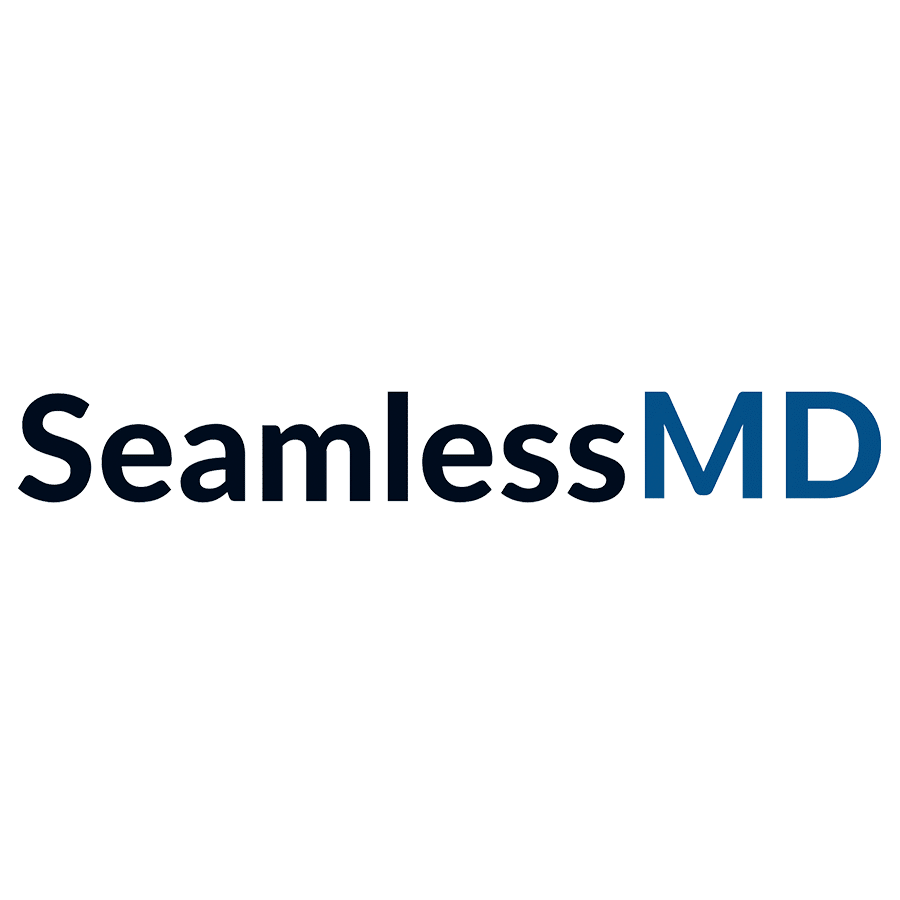








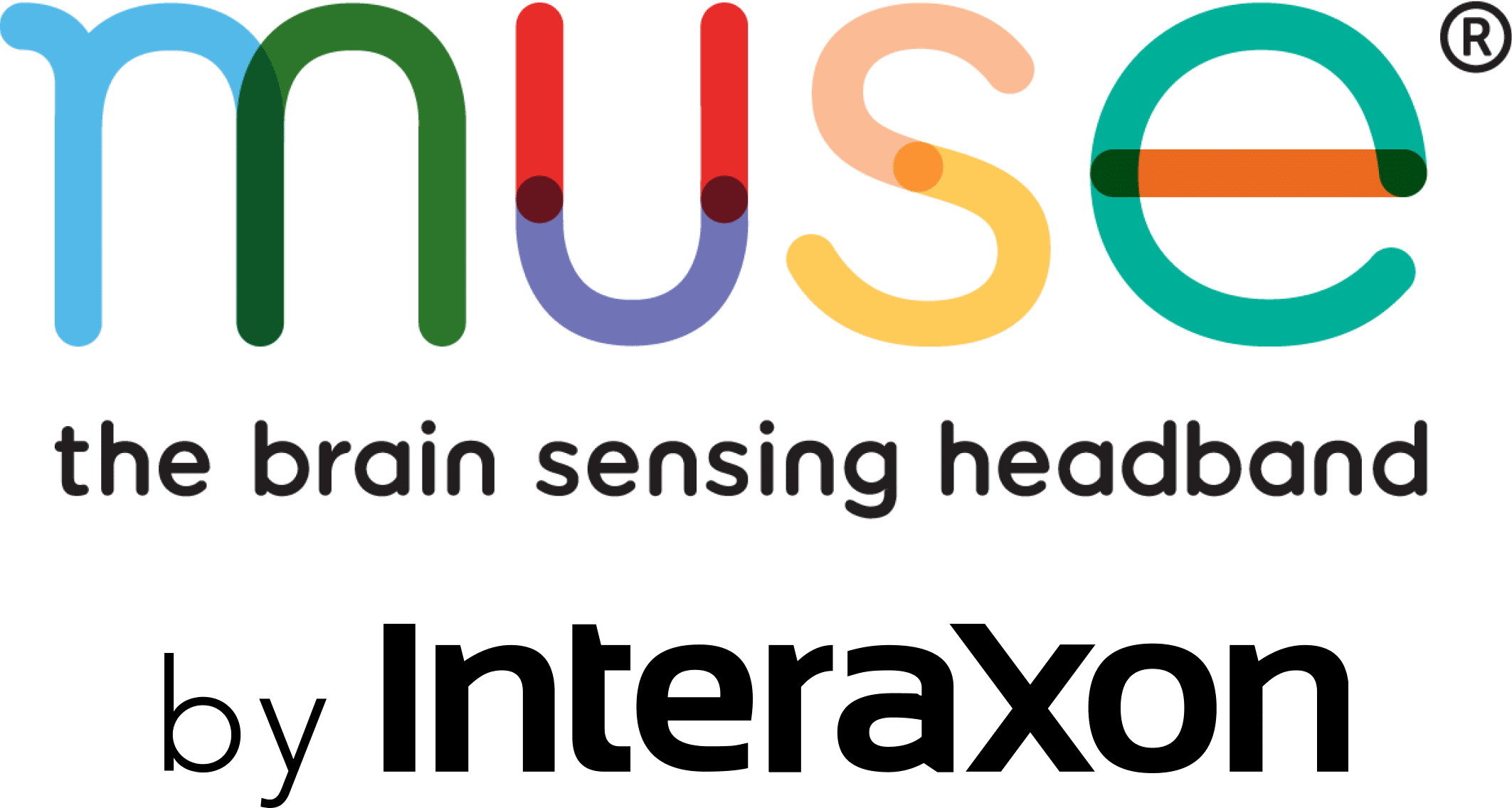






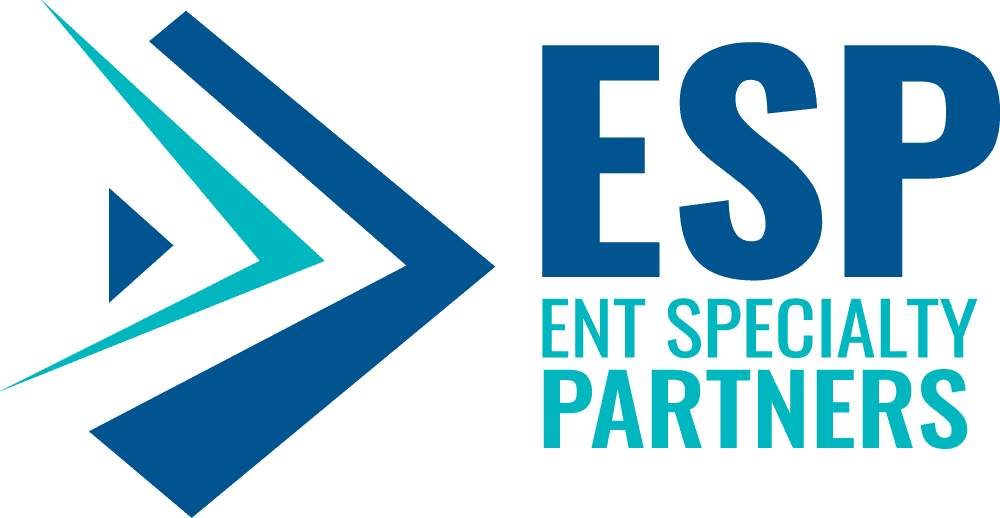
















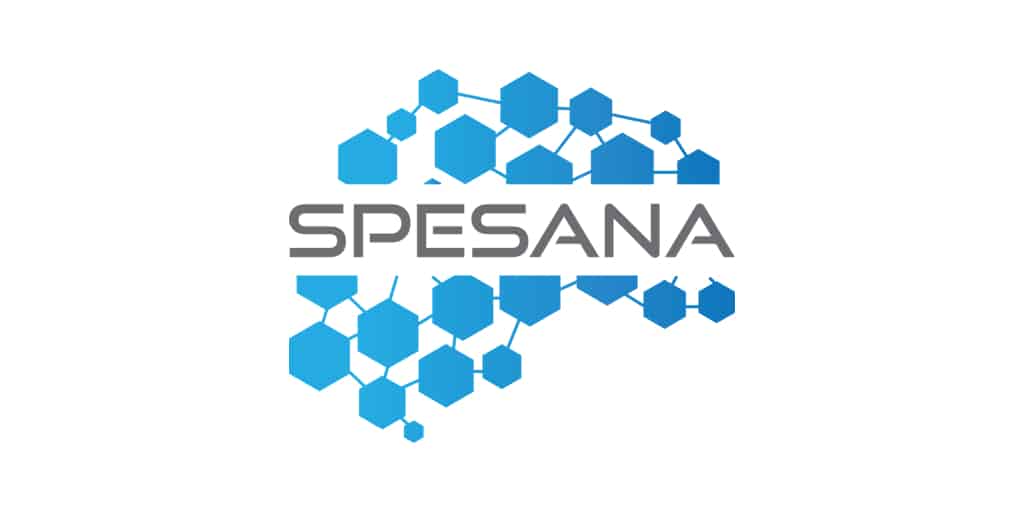






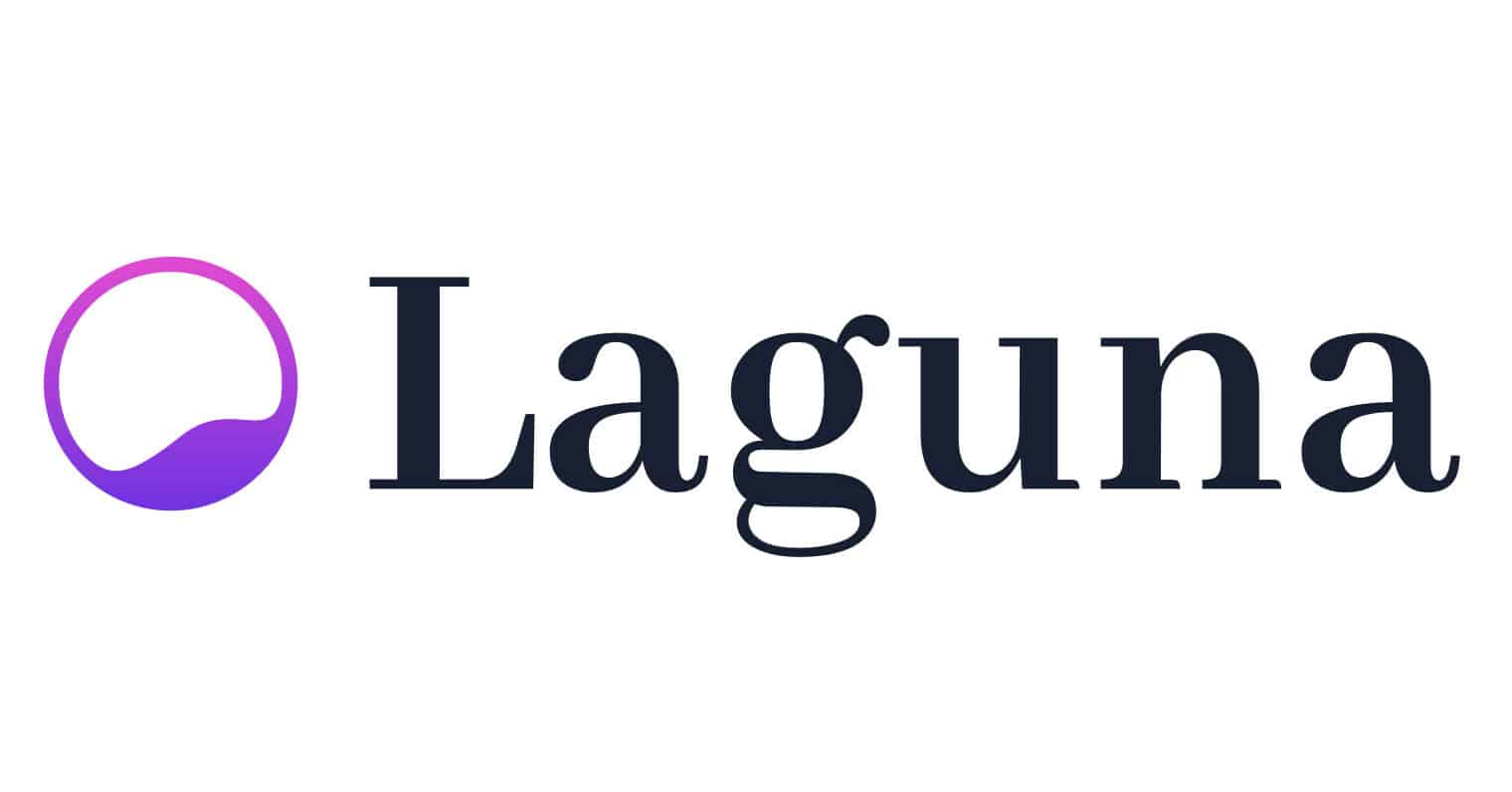


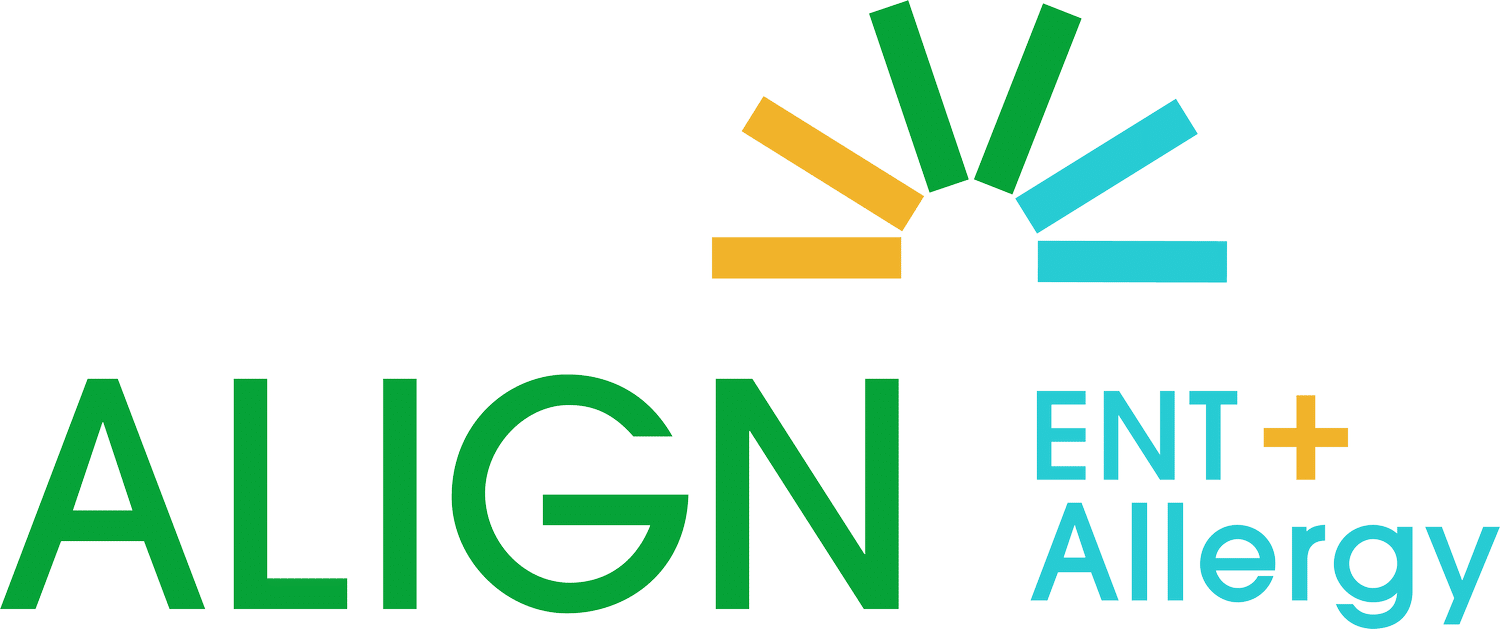



























As many of us recover from another hectic visit to last week’s J.P. Morgan Healthcare Conference, this is the time to reflect on what we’ve learned and what we should expect in 2017. In a span of four days, executives from over 450 private and public companies in the Healthcare Technology and Services (HCIT) space shouldered up to 9,000 investors, advisors, and strategic partners. The main theme of the event was a pervasive concern on how to achieve scale in 2017 given the uncertainties coming out of Washington, D.C. “Trump Care” had business leaders and investors exchanging with us renewed perspective on talent needs, new areas of focus for market growth and revised priorities of existing growth plans. We also sought out new trends and perspectives straight from the Venture Capital and Private Equity investors themselves.
Fresh on the heels of J.P. Morgan, we had the opportunity to collect the thoughts of two institutional venture capital investors, Safeguard Scientifics (NYSE:SFE) and Ascension Ventures, both of which have long-established investor expertise focused on both the payer and provider space in HCIT. In our interviews with Dr. Gary Kurtzman (SVP and Managing Director of Safeguard Scientifics) and John Kuelper (Principal at Ascension Ventures), we heard two prevailing themes:
Below is a more detailed perspective on what’s to come this year from our conversations with Dr. Gary Kurtzman (Safeguard Scientifics) and John Kuelper (Ascension Ventures) from an investor perspective.
1. What do you believe the impact of the Trump election will be on HCIT?
Kuelper: Our team is most closely watching how the new administration’s policies will impact the proportion of uninsured patients and uncompensated care, as this directly impacts the resources available for providers to invest in new HCIT solutions and infrastructure. This is particularly top of mind for AV as we invest exclusively on behalf of community health systems that have always had a particular focus on the poor and vulnerable populations that tend to be most directly affected by changes in coverage policy.
I’m encouraged by the new administration’s apparent interest in easing the regulatory barriers faced by therapeutic, device and diagnostic innovators. It’s admirable to help innovative technologies get to market cheaper and faster, but without addressing the practical barriers to access, it will be difficult for those technologies to have impact at scale. We’re seeing this dynamic play out with the targeted therapeutics that underlie the “precision medicine” movement. While HCIT entrepreneurs, like our portfolio company Syapse, are using software to chip away at that market friction, reimbursement policy continues to be one of the greatest constraints.
Kurtzman: I believe the major near term impact will be uncertainty until there is clarity on policy going forward. These effects may be more acute and severe if there is repeal without replacement.
This could lead to a slowdown in purchasing of new healthcare technology and services particularly by provider organizations who may have to absorb costs for treating uninsured.
2. HCIT sectors that are most attractive to venture capital under a Trump administration and why?
Kuelper: HCIT platforms that support “healthcare consumerism” seem particularly well suited to benefit the new administration. I expect that provider-subsidized tools that promote success in consumer-driven models—such as online reputation management, patient relationship management, out-of-pocket payment processing, pre-acute diagnosis, and triage—will see increased demand if this trend accelerates.
Kurtzman: Technologies and services that reduce cost and improve outcomes will continue to attract the attention of investors. If costs continue to be shifted to individuals, look for tools and technologies to help consumers manage and finance this. The players in healthcare will need solutions to address cyber threats. Finally, machine learning and other tools will take advantage of the huge data exhaust from healthcare organizations as they continue to get attention.
3. What HCIT sectors or solution areas are providers prioritizing going forward? Payers?
Kuelper: Providers are hyper-focused on operating efficiency as markets continue to become more competitive and the margin potential of fixed capital investments continues to erode. I’m seeing the most appetite for narrow tools with clear and demonstrable margin impact on discrete, high revenue potential service lines (e.g. oncology, musculoskeletal, radiology) or high-cost administrative functions (e.g. human resources, billing, marketing). This is a marked contrast to the monolithic platform investments that we saw in the past decade and which have led to a lot of value-fatigue among HCIT buyers.
Kurtzman: Both providers and payers will need to confront rising costs and need to improve outcomes. On the provider side, precision medicine will get increasing attention since it addresses both. Payers will be increasingly challenged by their primary business model and will likely add service lines to complement or augment their businesses.
4. Thoughts about your 2017 outlook in the HCIT space?
Kuelper: The healthcare industry actually spends drastically less on IT as a proportion of revenue than virtually any other mature industry. I think we’re only beginning to scratch the surface of the potential for HCIT to improve patient care but—now that the core data infrastructure has finally been implemented at scale—we’re finally starting to see a shift from infrastructure to applications and to entirely new data-driven workflows.
Kurtzman: We are entering a period of policy uncertainty, which will likely lead investors to be more cautious. I’d encourage HCIT companies to seek capital early and spend wisely.
What do you see? We welcome your comments below.
Going forward Chasm Partners will be sharing a quarterly newsletter providing a strategic outlook regarding industry trends specific to the healthcare technology and services space. If you are interested in continuing to receive this newsletter please subscribe by clicking this link.
Wishing you a great start to 2017.
Matt Dumas and Kristy Lindquist
Chasm Partners

































































































































































































